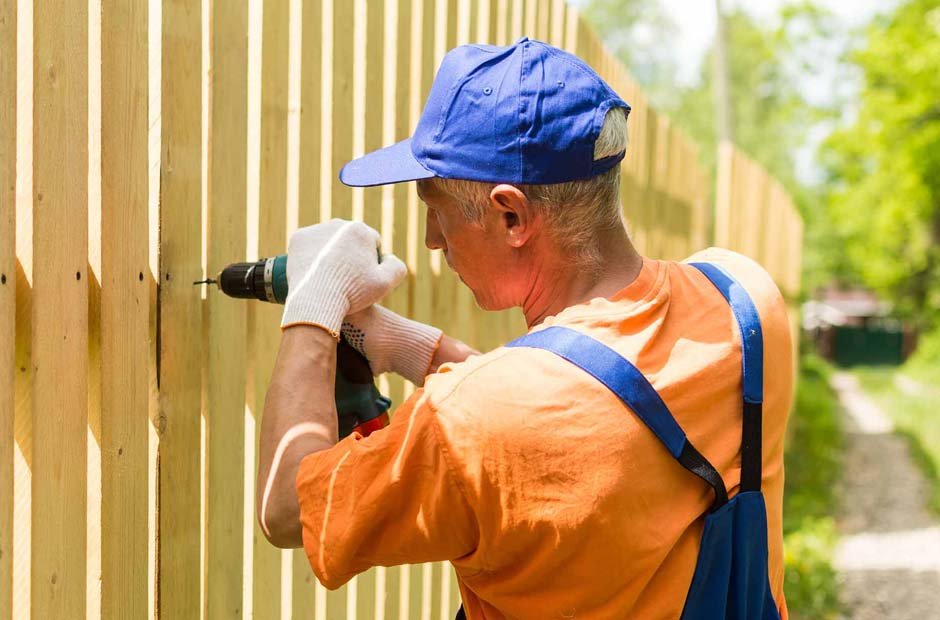A quality fence can enhance curb appeal and the security of your home or business. A Texas fence installer can help you choose a suitable style of fencing that meets your needs. Before they come to install your fence, there are steps you can take to help speed up the fencing process. Here are some things to do before having a fence installed:
Determine the Fence Type
Before having a fence installed, decide the purpose of your fence, whether it’s for privacy, aesthetics, or security. If you want a fence that offers privacy, it should have adequate coverage and obstruct the view from outside. Pillar, a property management in Winnipeg says ornamental and decorative options can enhance your landscaping features. You can choose from different styles, such as picket, split rail, and ornamental fences.
You can also choose from different fencing materials, like wood, vinyl, chain-link, aluminum, and brick and stone. Wood fences provide a high level of privacy and last longer when treated. Vinyl fencing is low maintenance and resistant to pests and rotting. If you want affordable fencing that boosts security, choose chain-link fences. Aluminum fencing features a decorative design that enhances your property’s visual appeal. Brick and stone fencing can be a good option for sound insulation.
Set a Budget
A Texas fence installer and supplier can help you set a detailed budget. The budget can include labor costs, which can vary depending on your location and the complexity of the installation.
The cost of materials can depend on the type of fence you choose. Wood fencing is more affordable than iron or vinyl fencing. If you plan to add some features to your fence, such as decorative elements, lighting, or paint, account for these costs. Your budget could include permit fees, site preparation costs, and a contingency fund to cover unexpected expenses.
Choose Fence Placement
Decide why you’re installing the fence and how it will be used. If it’s for privacy, it should be positioned to block the view from neighboring properties. If the fence is for security, it should encompass the area you want to protect.
Review local zoning codes and regulations so your chosen fence placement complies with setback requirements and other rules in your area. If your fence placement affects neighboring properties or is close to the property line, discuss your plans with your neighbors. Determine where to place gates within the fence line, keeping pathways, driveways, and foot traffic in mind.
Obtain Necessary Permits
Obtaining the necessary permits for your fence installation helps you stay within local regulations and prevents potential legal issues. Experienced fence installers or contractors can help you obtain the permits. Most fencing companies will get the licenses for you. If not, they can help you fill out the forms accurately so the building process won’t be delayed.
Contractors can prepare a professional site plan that meets the local building department’s requirements. This plan can show the proposed fence location, dimensions, height, gates or openings, and measurements from property lines and neighboring structures. Qualified installers should also provide you with a quote that includes all costs so you won’t be surprised by hidden fees. During installation, your contractor can coordinate required inspections with the building department to comply with regulations.
Prepare Your Property
Preparing your property for fence installation can help to speed up the process. Begin by removing obstacles, debris, or vegetation from the area where the fence will be installed. Make sure there are no rocks, branches, weeds, or other items that could interfere with the installation process.
Remove outdoor furniture, decorations, or items like patio furniture, potted plants, and lawn ornaments near the fence installation area. If you have pets, secure them in a safe and enclosed area or inside your home during the installation process.
Work with a Qualified Texas Fence Installer
Contact multiple contractors to request quotes for your fencing project. This approach allows you to compare prices, timelines, and the level of detail provided in the quotes. Once you find the contractor, ask them for a portfolio or examples of their previous fence installations. This can give you a sense of their workmanship and the quality of their projects. A qualified installer can offer guidance about the fencing material, design, and placement.


